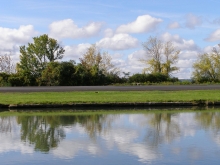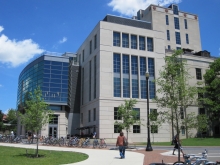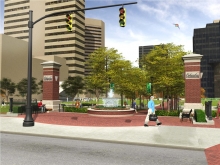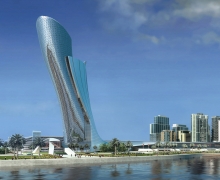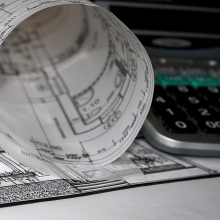Software as a Service for Design and Construction - Building in "The Cloud"
What is "cloud computing" or "software as a service", and what do these terms mean for the AEC industry? While many people have heard of the term "cloud computing", or can conceptualize how working online can be considered working in "the cloud", many in the design and construction industry are still unclear about what this means for the future of our work.

